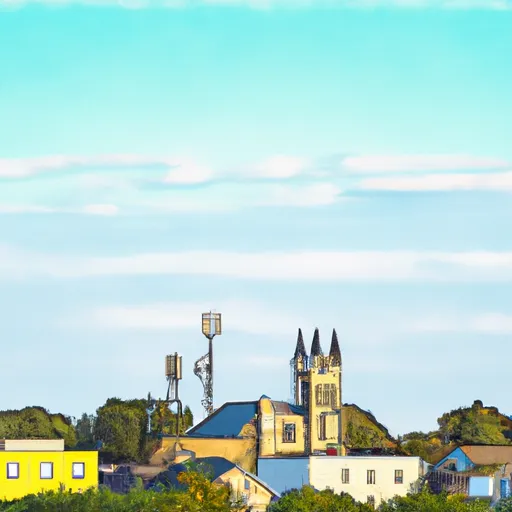°F
°F
mph
Windspeed
%
Humidity











Letts, Iowa is a small town located in Louisa County, in the southeastern part of the state. The climate in Letts is classified as humid continental, characterized by hot summers and cold winters. Average temperatures range from around 25°F (-4°C) in January to 86°F (30°C) in July. Precipitation is relatively evenly distributed throughout the year, with an average annual rainfall of about 36 inches (91 cm).
Letts is situated near the Iowa River, which provides a significant hydrological presence in the area. The river and its tributaries not only contribute to the local water supply but also offer opportunities for various outdoor activities. Fishing enthusiasts can enjoy angling for species such as catfish, bass, and walleye, while boating and canoeing are popular ways to explore the picturesque waterways.
Additionally, Letts is surrounded by natural areas, including parks and trails, which provide ample opportunities for outdoor recreation. Louisa County Natural Area, for instance, offers scenic hiking trails, camping facilities, and wildlife viewing opportunities. Overall, Letts, Iowa presents a charming rural setting with a diverse range of outdoor activities for nature lovers and outdoor enthusiasts to enjoy.
Weather Forecast
Letts receives approximately 932mm of rain per year, with humidity levels near 79% and air temperatures averaging around 11°C. Letts has a plant hardyness factor of 5, meaning plants and agriculture in this region thrive during a short period during spring and early summer. Most plants will die off during the colder winter months.
Regional Streamflow Levels
50,400
Cubic Feet Per Second
48,600
Cubic Feet Per Second
3,010
Cubic Feet Per Second
386
Cubic Feet Per Second
Nearby Camping
| Camping Area | Reservations | Toilets | Showers |
|---|---|---|---|
| Grand Gulf Military Park | |||
| Great River Road State Park | |||
| Lake Bruin State Park | |||
| Warfield Point Park | |||
| Lake Chicot State Park | |||
| Notrebes Bend |



